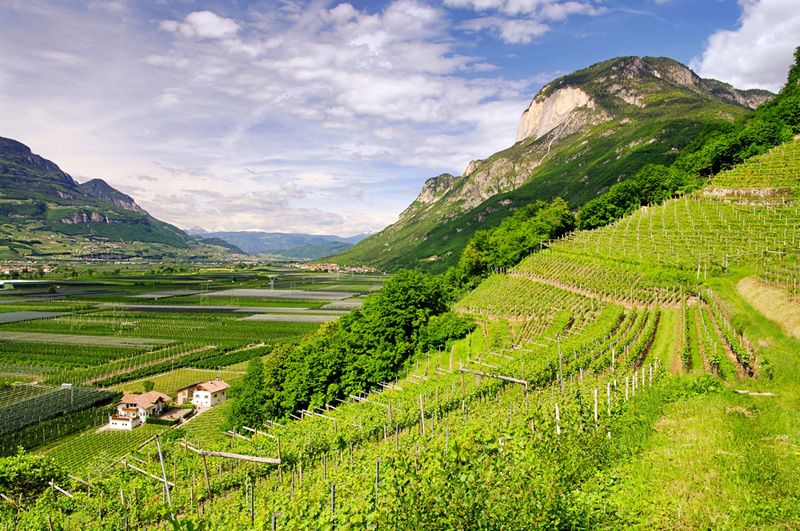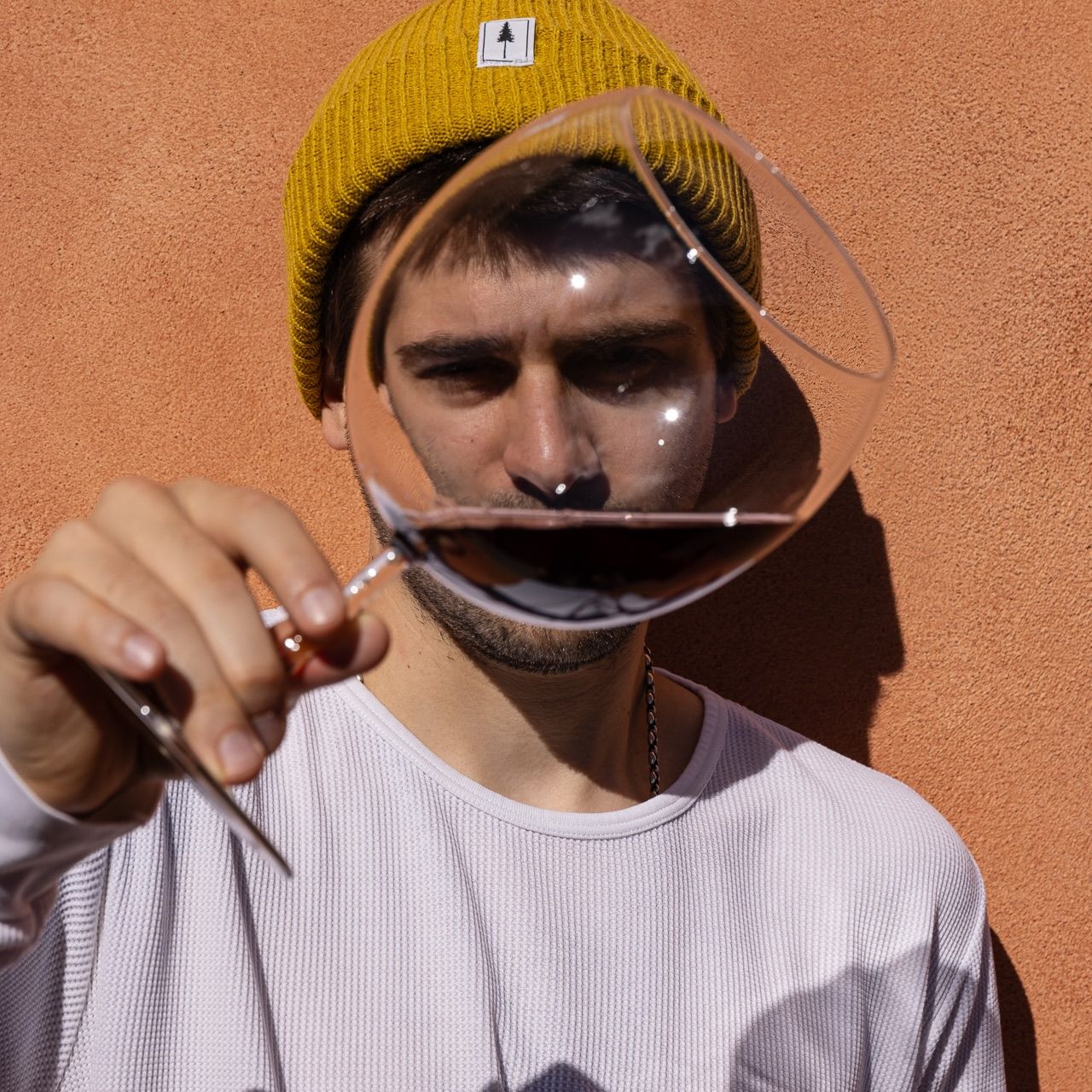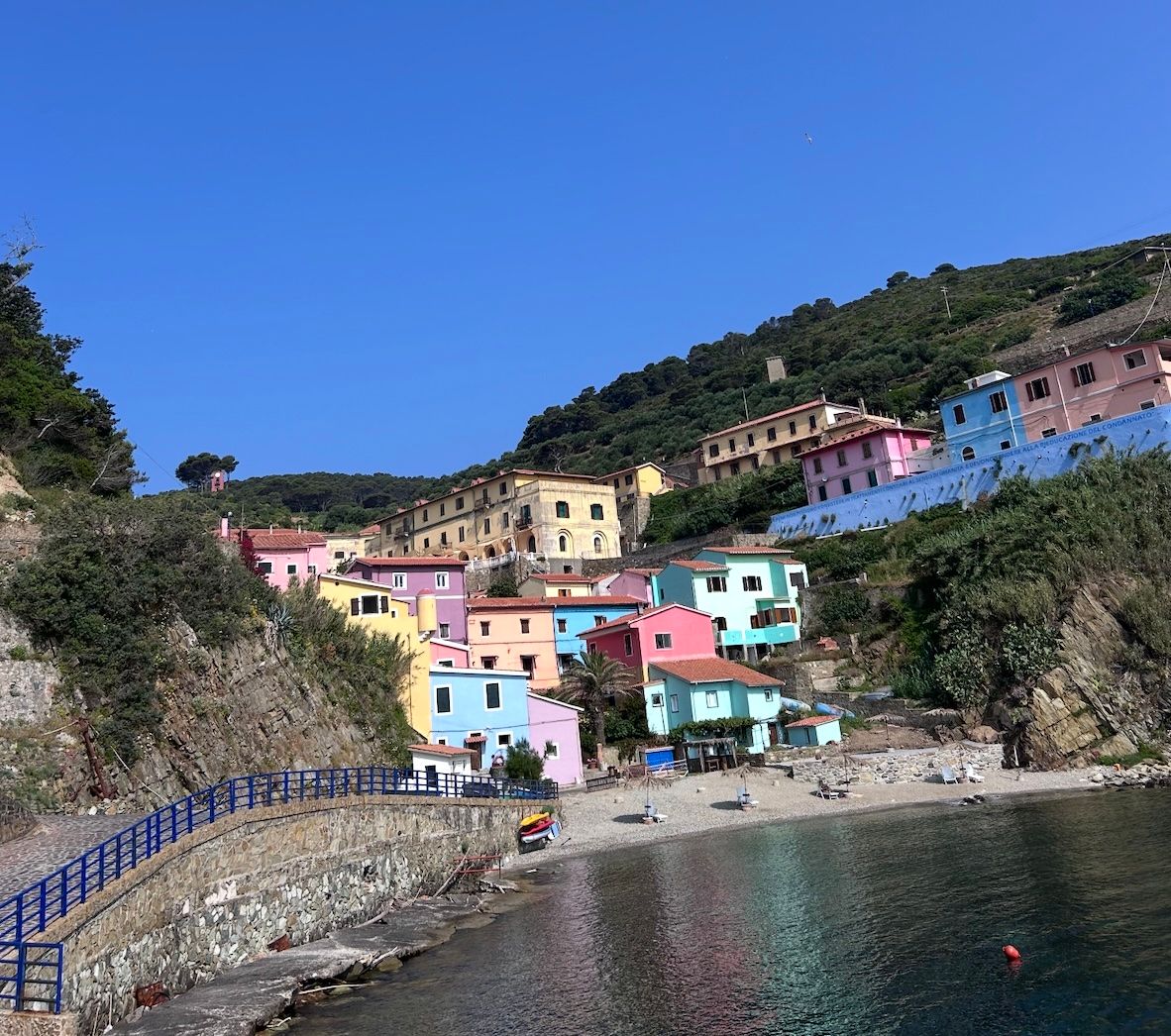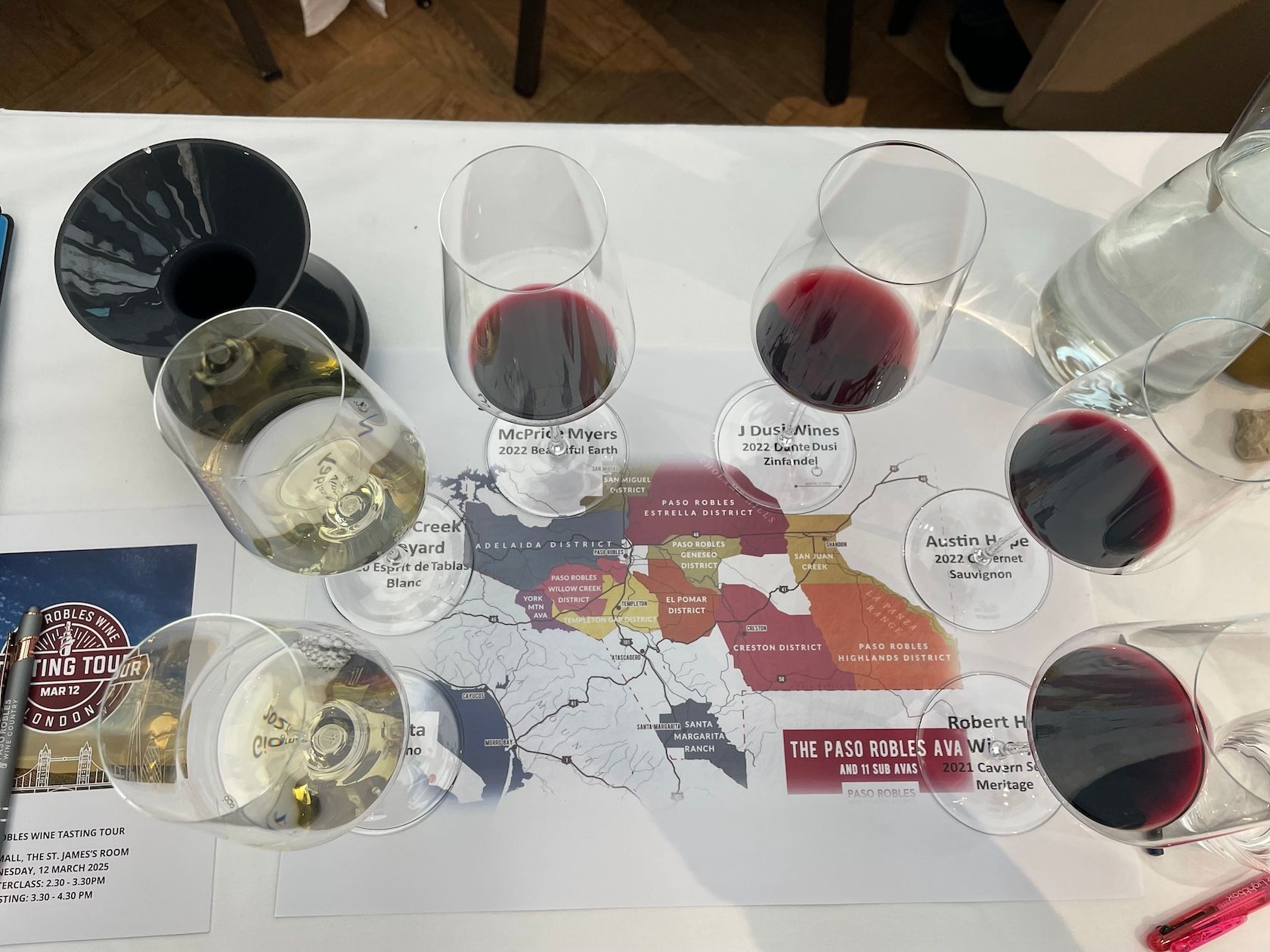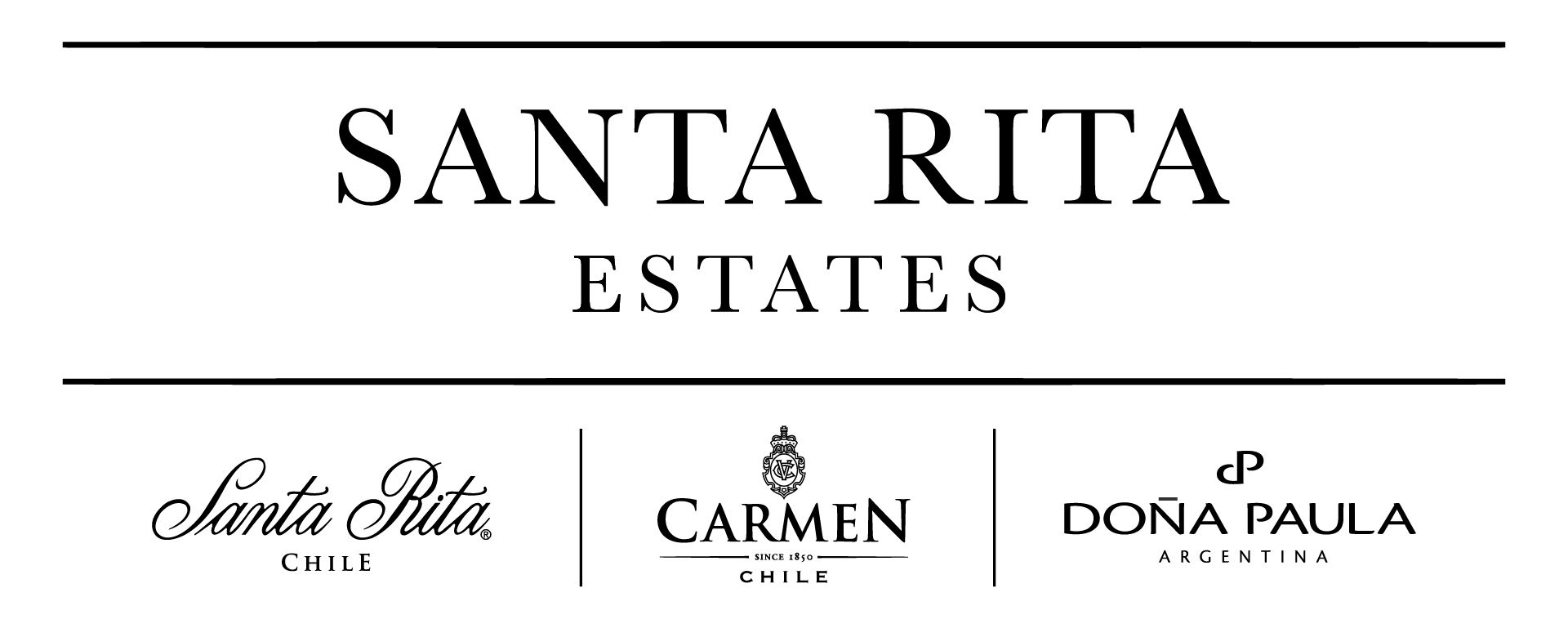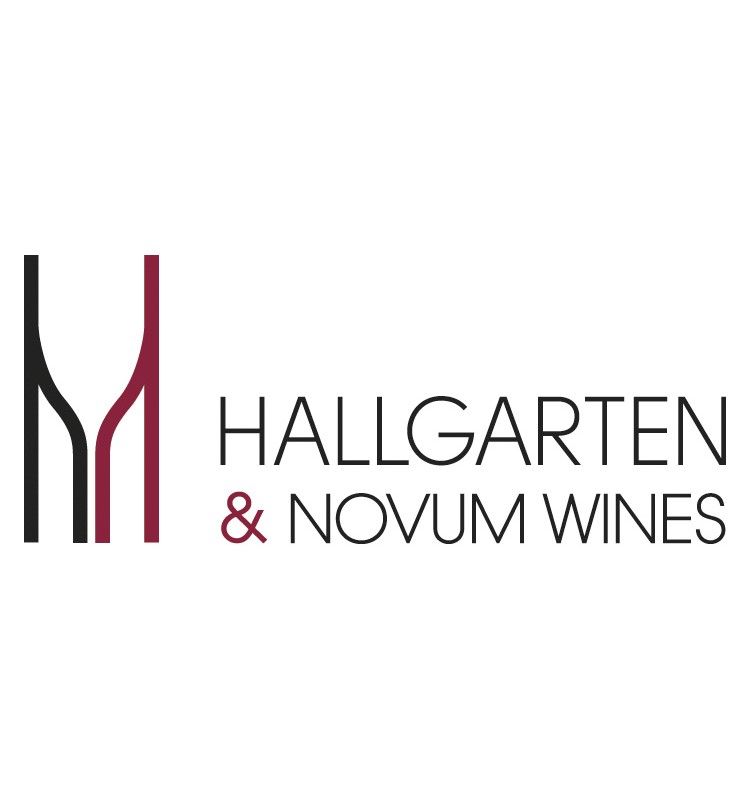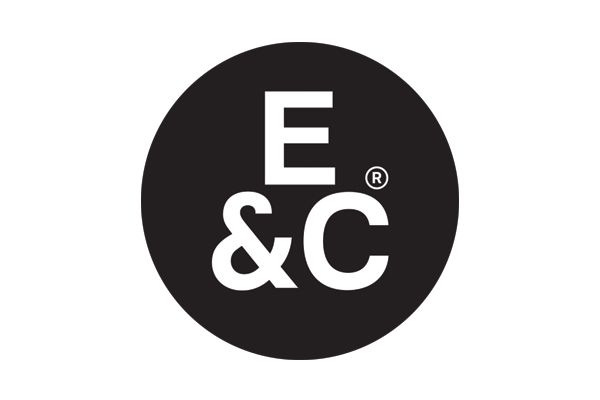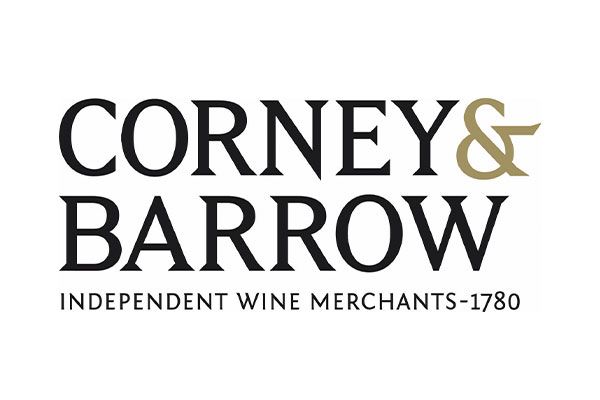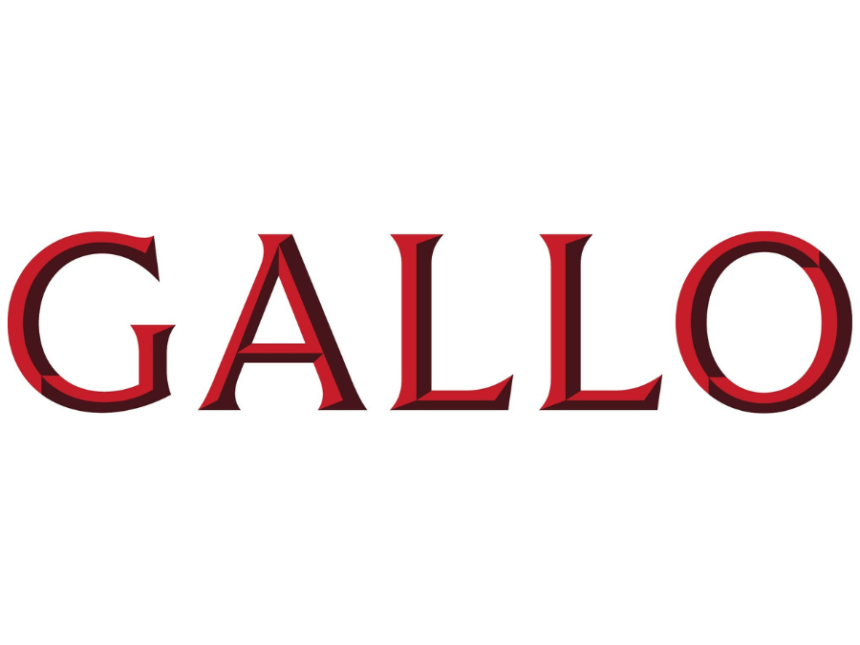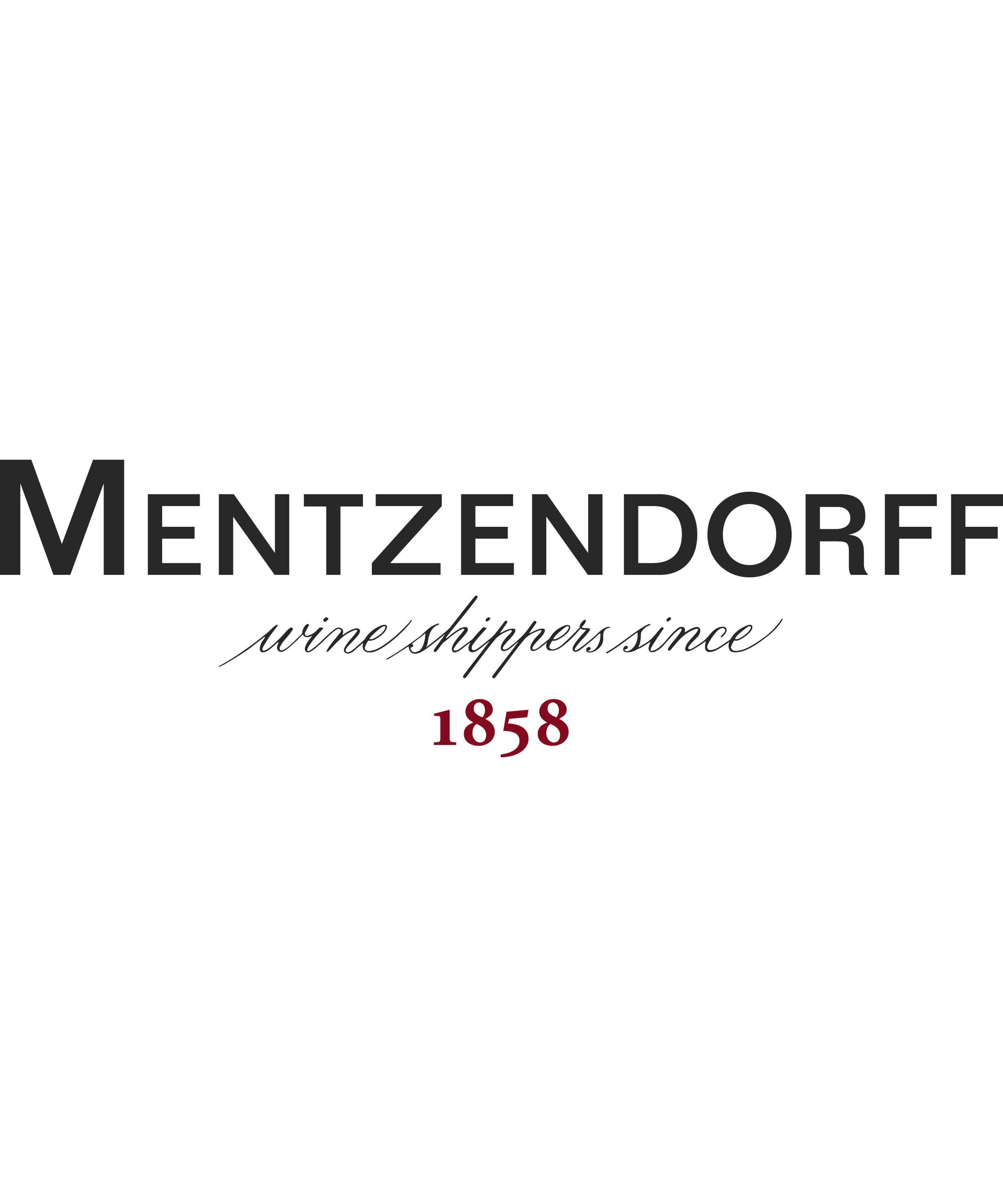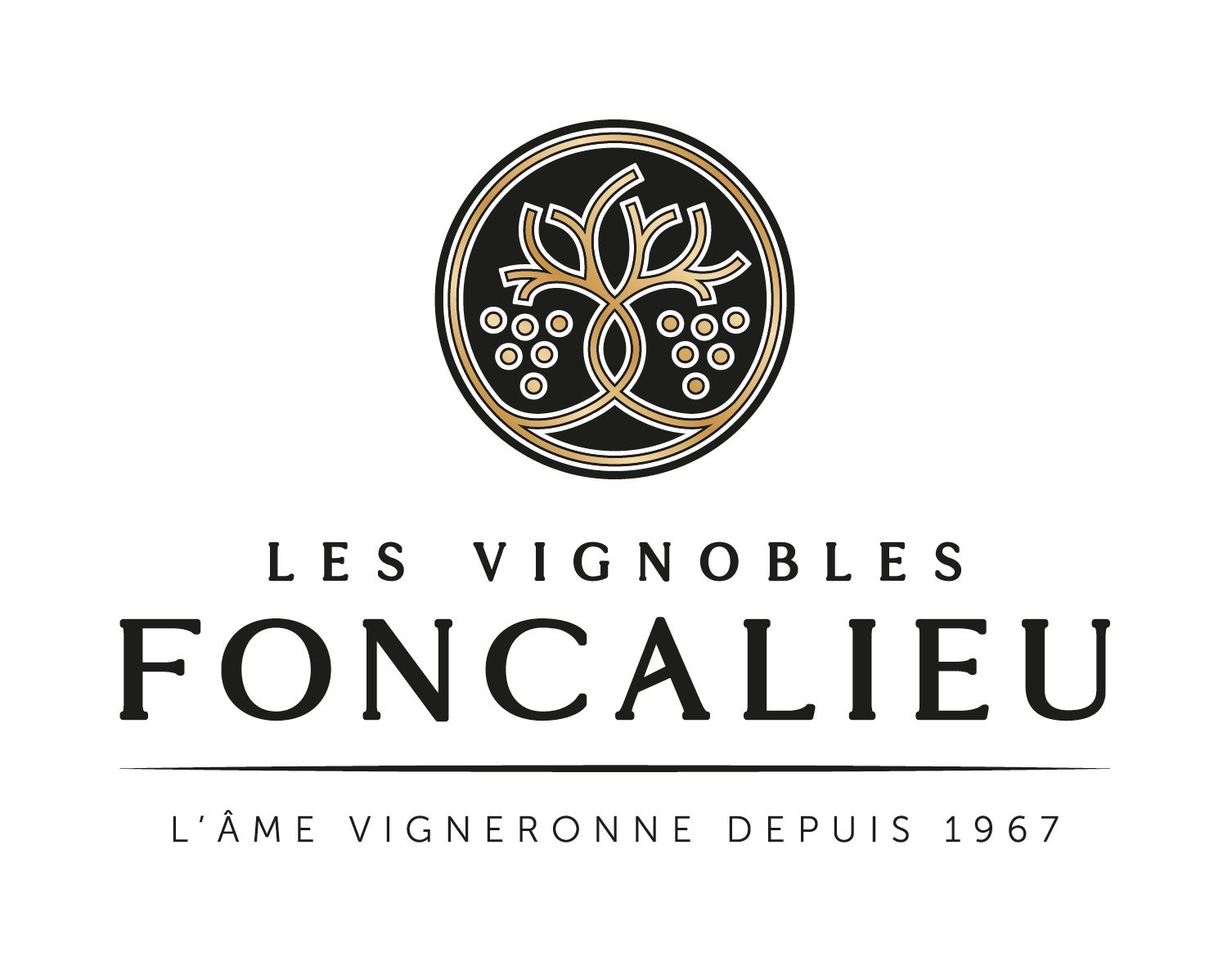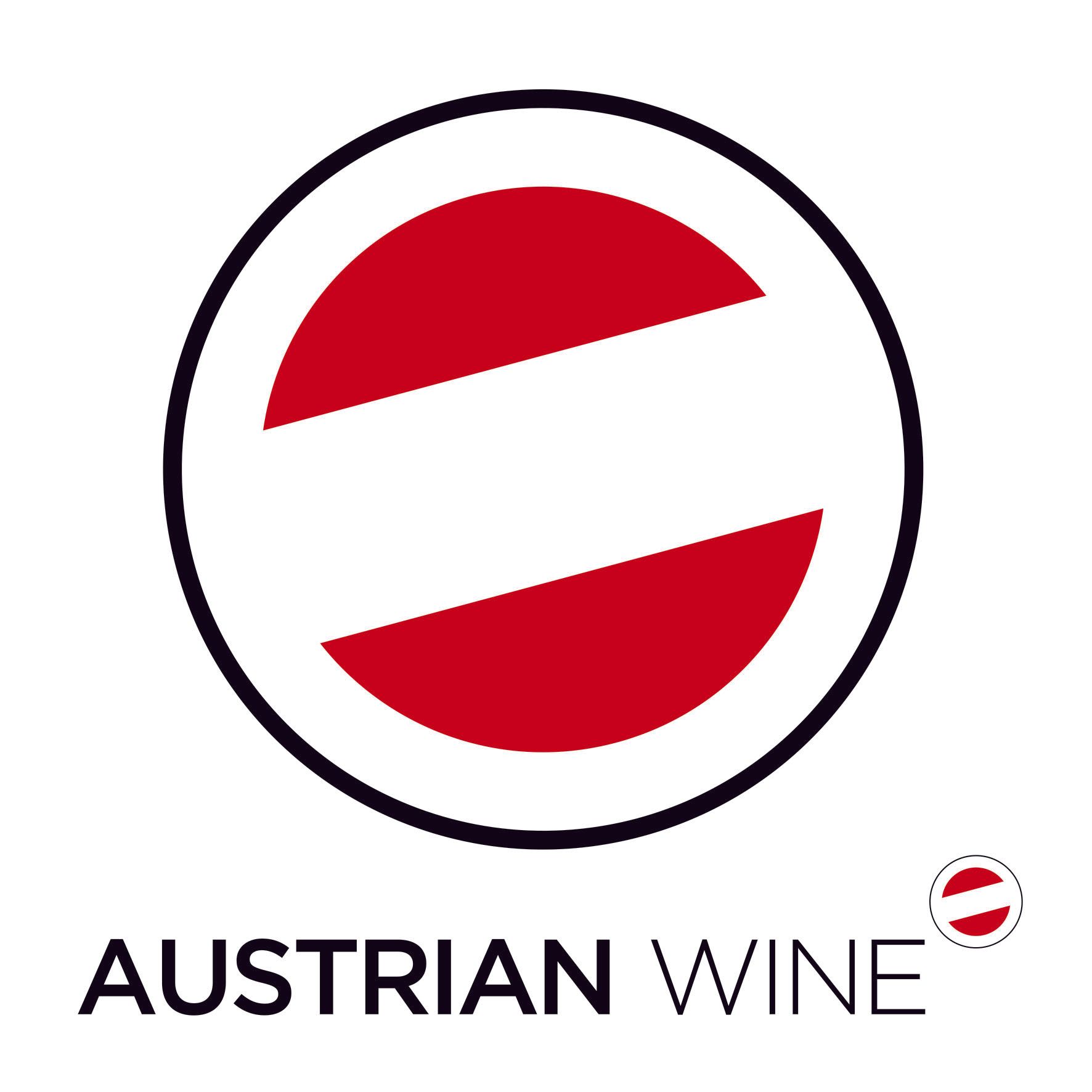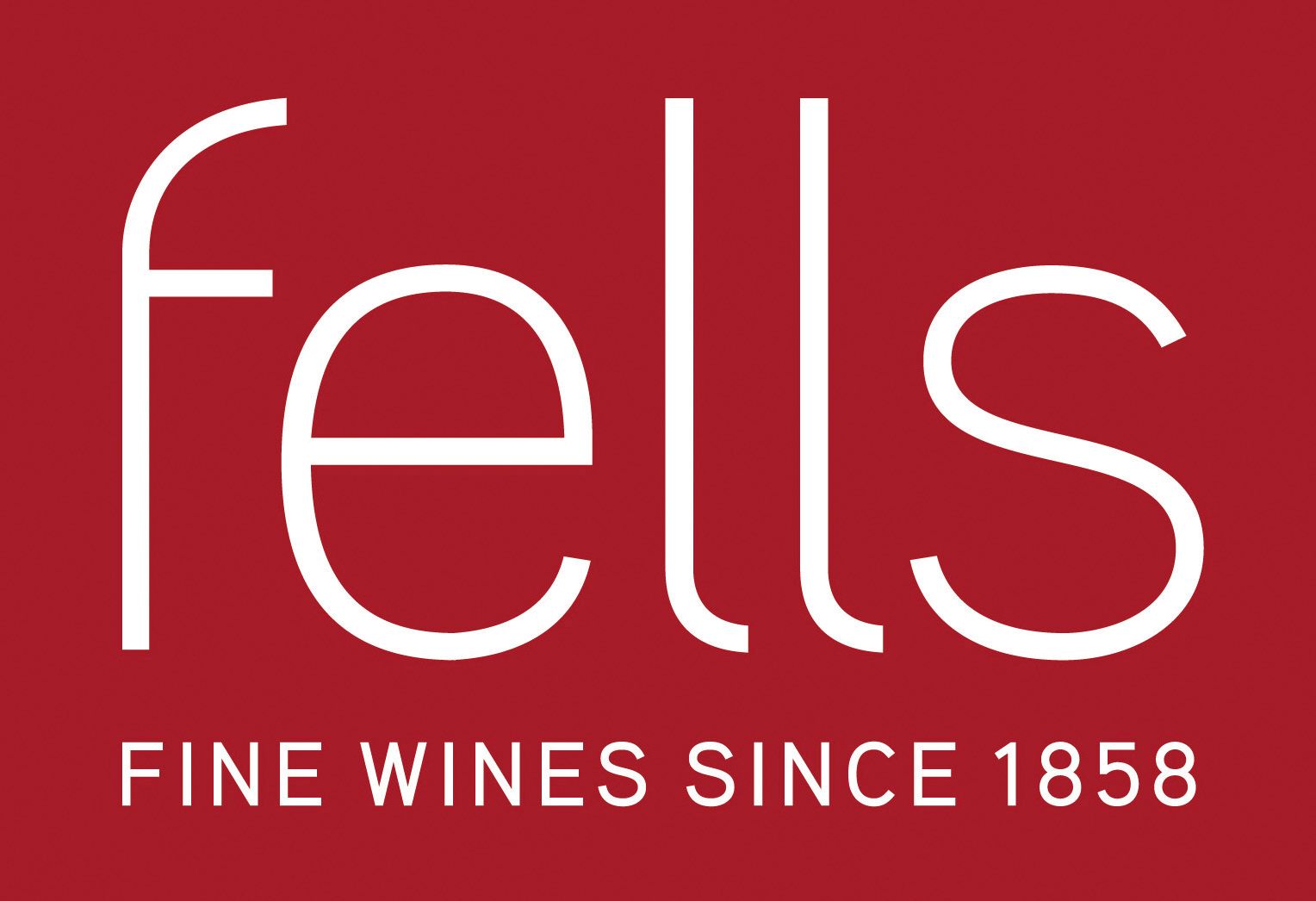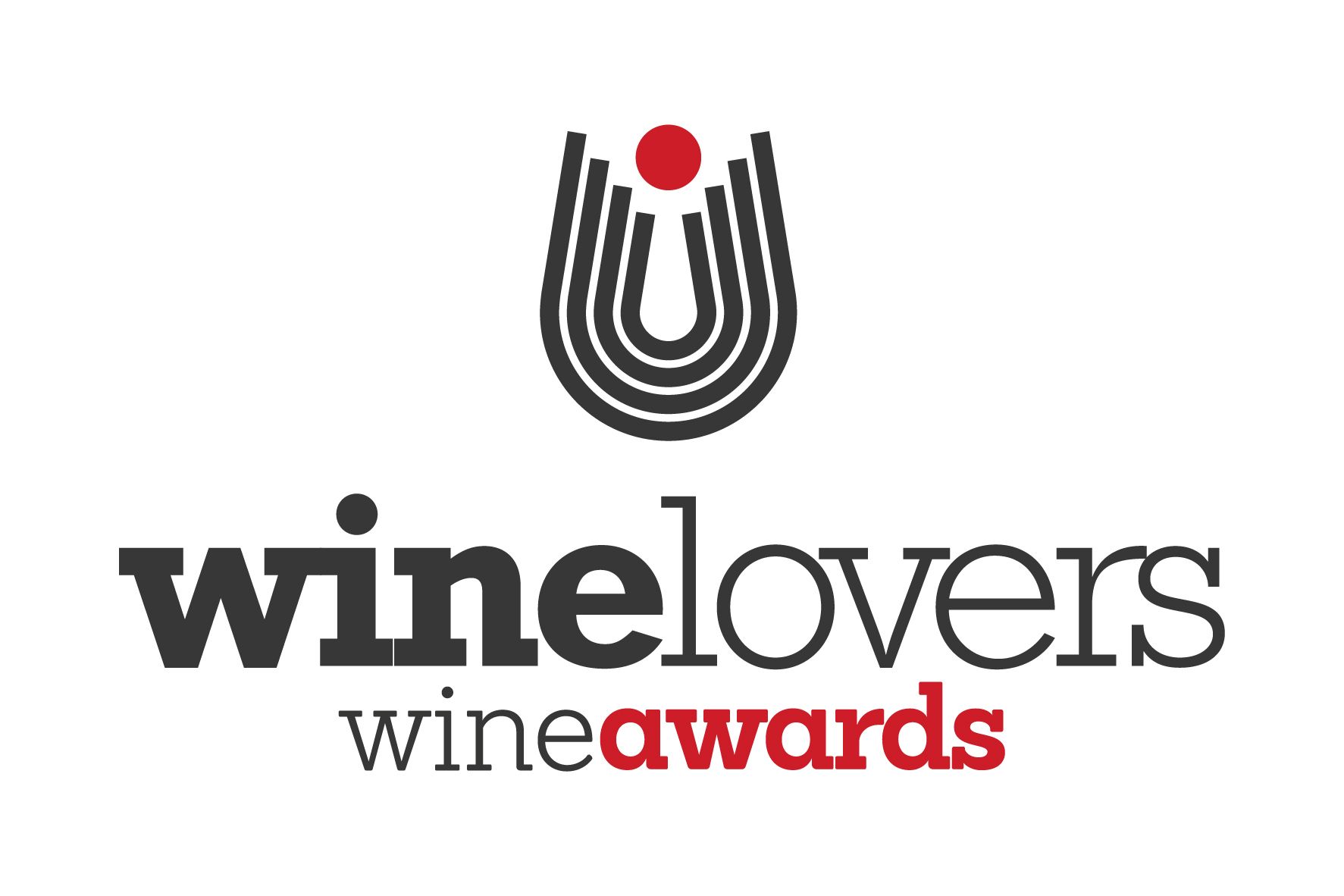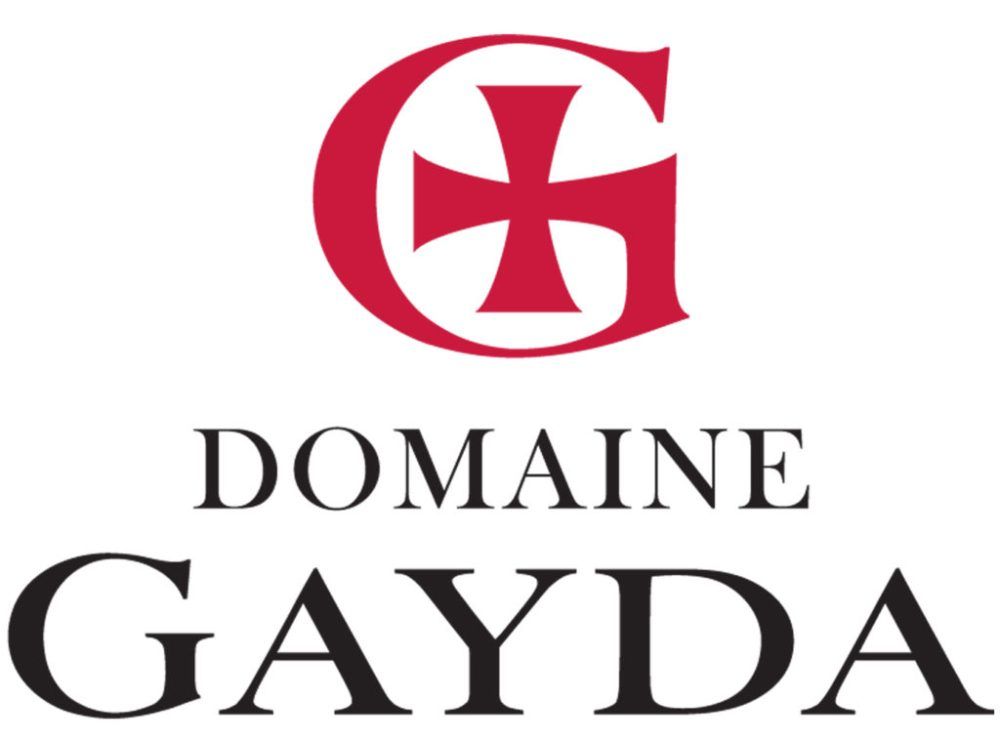Is the UK’s love affair with Italian wines under threat from increased prices?
The Italian wine industry has had more than just the country’s referendum to keep them up at night recently. The fall out from this year’s decidedly mixed harvest is yet to fully play out, but there are fears it could be losing even more of its mantle in key export markets, particularly the UK.
It is fair to say that without Prosecco, the performance of Italian wines around the world, and most strikingly in the UK, would have been under even greater scrutiny. But thanks to Prosecco, and, of course Pinot Grigio, Italy has remained a pivotal partner for many importers and distributors.
But with a combination of international demand starting to outpace the actual amount of Prosecco available, plus a mixed overall harvest in 2016, we could be about to see the first big dent in Prosecco sales over the next year as its prices start to creep uncomfortably high for drinkers quite happy to switch to the next cheaper sparkling wine on the supermarket shelf or bar wine list.
It will be interesting to see quite how high those Prosecco prices can go before there is a tipping point for fickle sparkling drinkers.
But it is not just Prosecco where Italy could find itself on the back foot when it comes to pricing calculations going in to 2017. It has already seen a 10% decline in bottled wine sales to the UK in 2016, with a similar, or worse picture predicted for next year (see below).
Crop down, but quality up
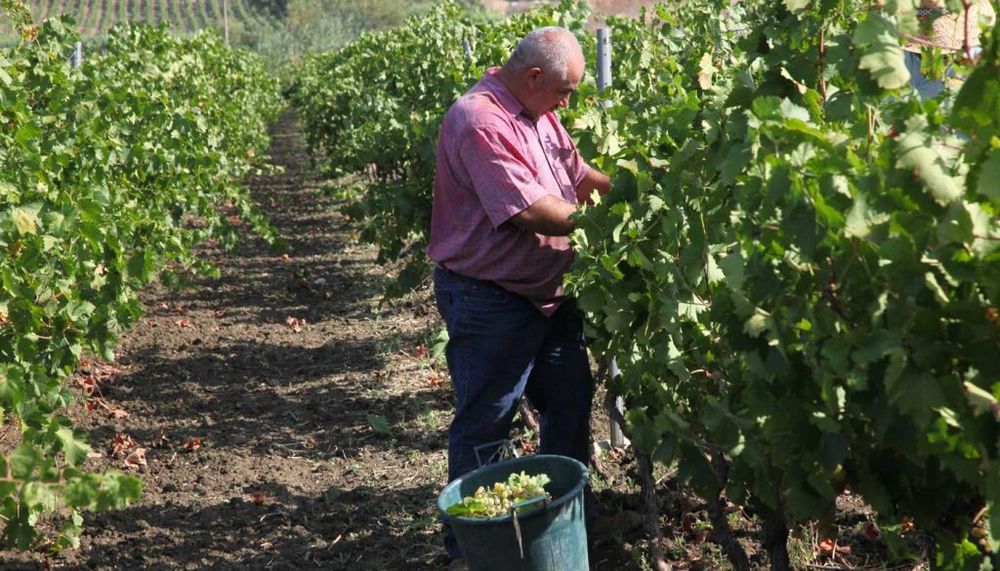
The Sicilian wine harvest was down up to 20% in some regions
Whilst Italy’s weather problems were not as bad as in France, its overall volumes are expected to be 5% to 10% down on average, with some areas, noticeably Sicily, seeing a drop of us as much as 20%. Different varieties have fared better or worse than others.
Giuseppe Bivona of Cantine Settesoli says the good quality harvest is largely down to the mild winter most of Italy enjoyed with little rainfall (289mm rainfall this year, compared to 436mm from September to January last year).
This was followed in February and March with “abundant” levels of rain which enabled the soils to take in a good level of water supply. April and May then had very limited amount of rain.
In June temperatures were scorching, says Bivona followed by intermittent rain in July and beginning of August, but overall thermal conditions meant it was an excellent period for polyphenolic ripening and building up the aromatic flavour in the grapes.
Increased prices

Italy’s prices were under scrutiny at last month’s World Bulk Wine Exhibition
All of which means we can expect to see increased prices for in-demand varieties in most key regions of the country.
Evidence of that was there to see at last week’s World Bulk Wine Exhibition in Amsterdam. Where the prices on offer for key grape varieties and from some regions of Italy were a little out of step with what is now available elsewhere in Europe and the world.
As experienced wine industry, Robert Joseph, said recently that with the average bulk wine price of Italian Pinot Grigio now sitting at between $0.50 a litre to $1.10 a litre, compared to a number of alternative European white wine varieties, ideal for blending, on offer at $0.35 a litre to $0.60 a litre, then it could be “bye bye Pinot Grigio” from key markets like the UK.
Which, conversely, he added is good news for “soft Spanish red” varieties and, perhaps, bulk wine from Eastern Europe.
Even Italian Pinot Grigio does not have that particular market to itself any more with alternative, often cheaper and certainly more flavoursome, Pinot Grigio now available from other key markets. Particularly Chile.
World exports down
There is not getting away from it. The overall Italian wine market is struggling. Forecasts by economic research company, Wine Monitor Nomisma, for example, show a worrying trend across the world. Italian wine exports to five of the biggest global markets for wine will end 2016 in decline. This is against a relatively buoyant Italian market only the year before, which saw its world wine exports increase by 10% in 2015.
Italian exports to the US are likely to end 2016 the with less than 2% growth compared to last year, while the UK will import 9% less Italian wine and demand from Germany is also down 4% over the last 12 months.
On a more positive note, the Japanese will post a 3% increase in imports of Italian wine, while China will continue to grow at a considerable pace – up by almost 20% in a year.
In September, exports of Italian wine to China broke through the $90m mark, but despite a 28% increase in sales of Italian wines, China, which ranks fourth amongst worldwide wine buyers, still only ranks 10th for Italian wines, with a 5% market share.
“In a market characterised by more darkness than light, Italian wines are affected by the same set of uncertainties,’ said Denis Pantini, head of Wine Monitor Nomisma. “Downturns are generalised, and spare only a few large exporters.”
The biggest concern is for bottles of still Italian wine, which account for over 70% of the country’s world trade. Wine Monitor Nomisma reports a “worrying decline in imports of still bottled wine in almost all major markets”. The UK on its own will be down 10% on imported Italian bottled wine in 2016.
Saving grace
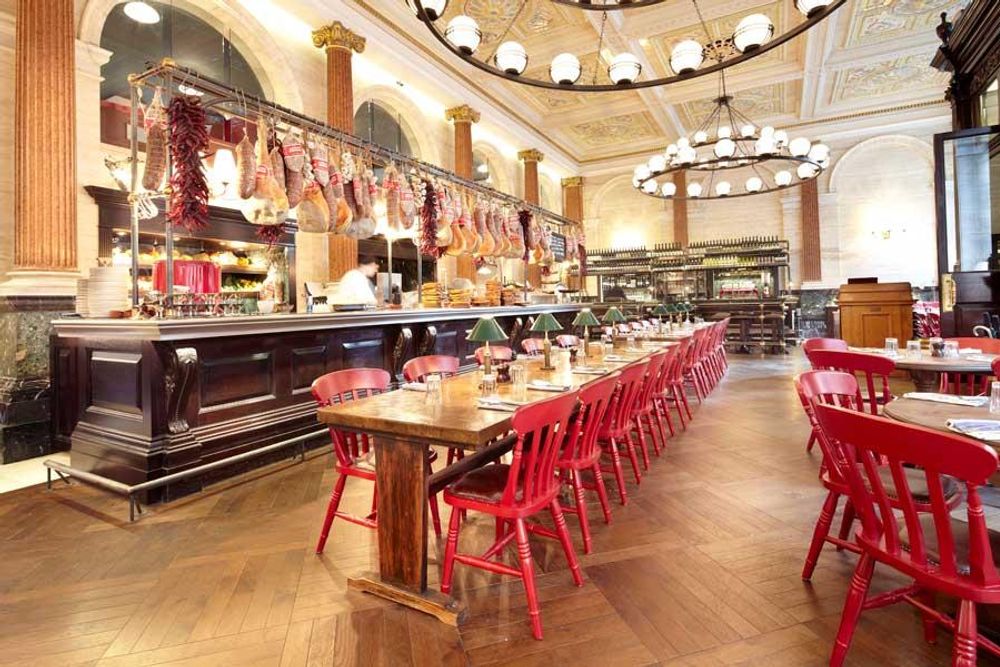
Demand for cheap Prosecco in growing chains such as Jamie’s Italian has been key to its success
Sparking wine remains its saving grace. Here its exports are up, soaring by 30% both in the US and the UK.
With less wine available from the 2016 vintage it is hard to see how the situation is going to be massively improved in 2017.
Wineries are, therefore, going to have to face some difficult decisions over the next 18 months. Many are already making changes and adapting their offer to keep themselves competitive.
One producer, for example, that appears to be bucking the gloomy trend is the Venice-based Santa Margherita group.
Its solution has been to diversify and ensure it has a wide product mix of different styles of wine. With sales up 40% this year chief executive, Ettore Nicoletto can afford to be more than pleased that most with his company’s performance, which he attributes partly to the launch of Santa Margherita USA based in Miami, as well as “widespread growth in the UK, Asia and Australia”.
Noticeably the producer’s growth is not heavily dependent on Prosecco. “It is significant that we are not over focused on Prosecco,” confirmed Nicoletto. “Our growth is based on a well balanced range of products.”
It will be interesting to see how the rest of Italy responds to the challenges ahead. Before it can get back to the politics of how to run its country.
- Research for this article was first used on Vinex, the global bulk wine trading site.
